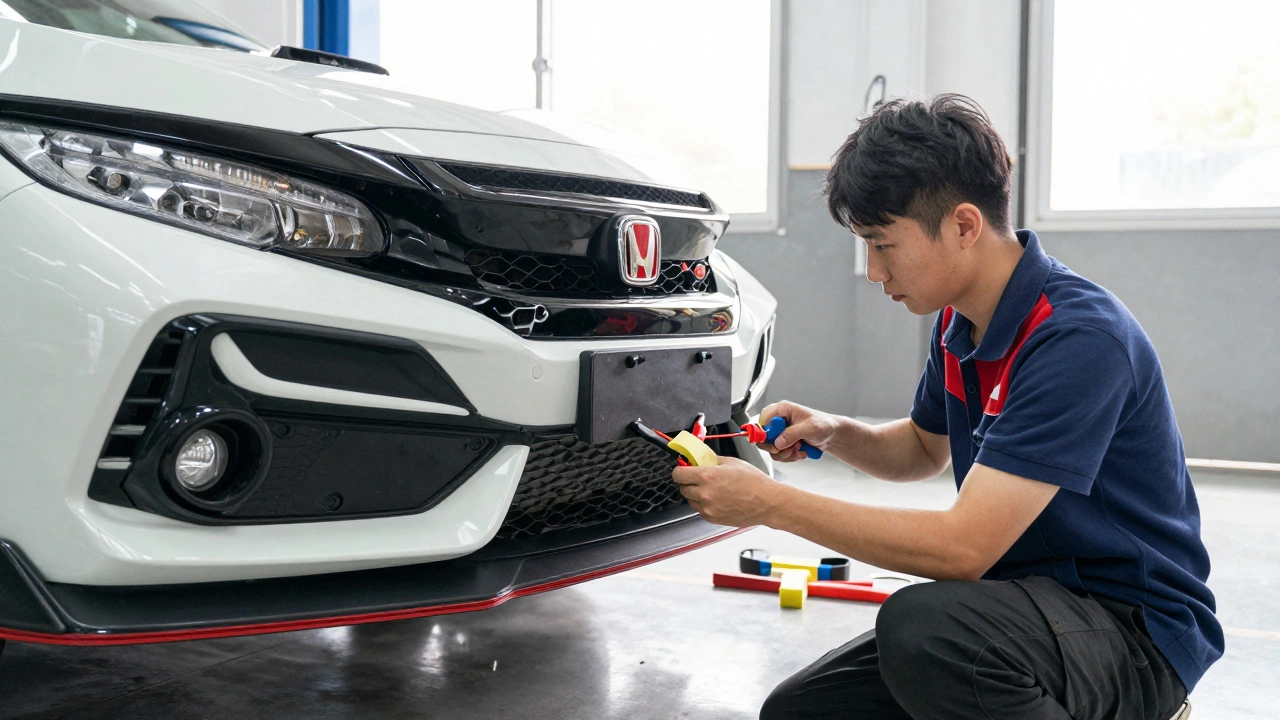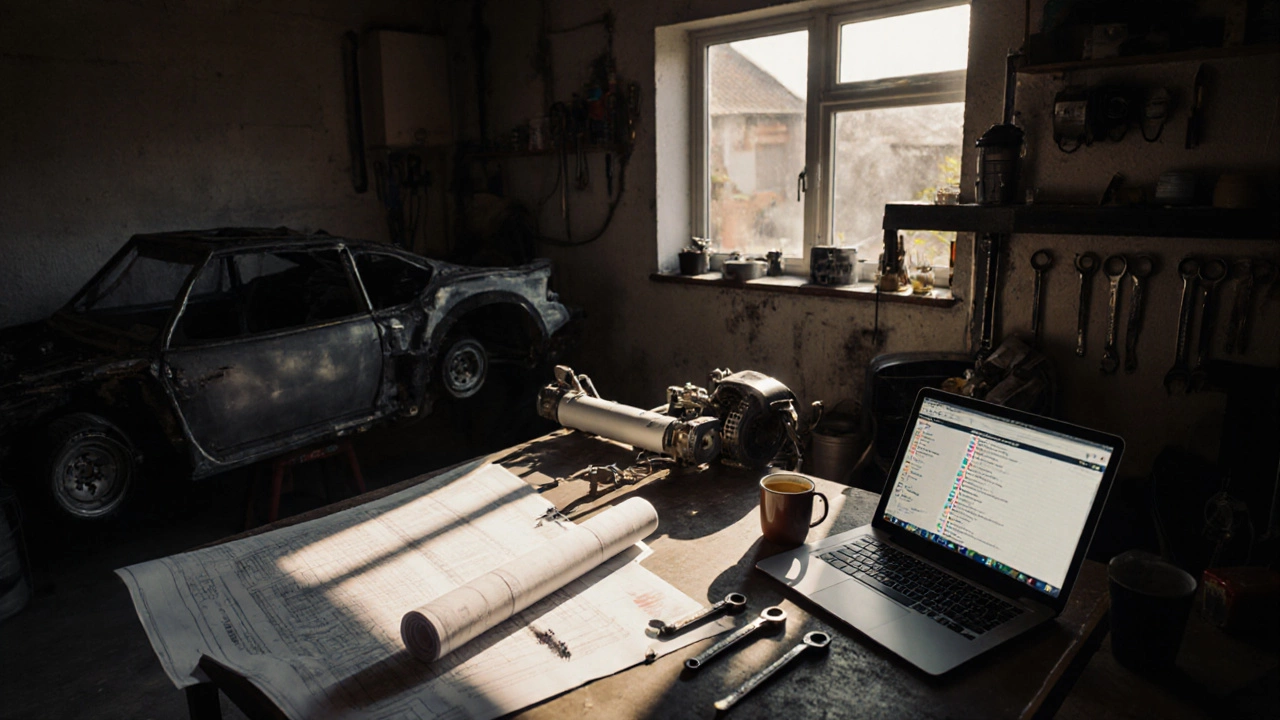When working with Car Body Kit Installation, the process of attaching aftermarket exterior components to change a vehicle’s shape, style, and aerodynamics. Also known as body kit fitment, it often sparks questions about fit, legality, budget, and performance.
The first thing to understand is the Fitment Guide, a step‑by‑step assessment that checks whether a kit matches a car’s make, model, and year. A good fitment guide tells you which brackets, bolts, and trim pieces line up, saving you from nasty surprises later. It also highlights any necessary modifications, like cutting or drilling, that could affect warranty or structural integrity. In short, accurate fitment body kit installation saves time, money, and headaches.
Next up are Legal Restrictions, the regional laws that dictate what modifications are road‑legal, including front bumper projection, side skirt clearance, and rear spoiler size. Ignoring these rules can lead to fines, failed inspections, or even having to remove the kit entirely. Most countries set limits on how far a bumper can protrude, and many states ban excessive rear‑end extensions that affect pedestrian safety. Checking local regulations before you buy ensures your investment stays on the road.
Cost is another major factor. The Installation Cost, the total expense covering parts, labor, and any auxiliary work like painting or reinforcement can vary widely. A bolt‑on kit may run a few hundred pounds as a DIY project, while a weld‑in kit with custom bends can exceed a thousand. Add in potential expenses for alignment, paint matching, and sealant, and you’ll have a clearer picture of the budget you need. Budget‑friendly options exist, but they often require more hands‑on effort.
Beyond fit, law, and price, you’ll want to know how a body kit influences performance. The Performance Impact, changes to aerodynamics, weight, and handling that result from added panels and spoilers can be both positive and negative. A well‑designed kit can increase downforce at high speeds, improving stability on the track. Conversely, a heavy carbon‑fiber spoiler may add weight and raise the center of gravity, hurting fuel economy and cornering. Understanding these trade‑offs helps you choose a kit that matches your driving goals.
Installation methods differ, too. DIY enthusiasts often prefer bolt‑on kits because they need only basic tools—wrenches, a drill, and maybe a rubber mallet. Professional shops, however, excel at weld‑in kits, where precision welding, frame reinforcement, and paint blending are critical. Choosing between DIY and pro installation hinges on your skill level, available tools, and how much you value a flawless finish.
Maintenance is the final piece of the puzzle. After you’ve fitted the kit, regular checks for loose bolts, water intrusion, and paint chips are essential. Many owners use a torque wrench to re‑tighten fasteners after the first 200 miles, preventing vibration‑related failures. Applying a protective sealant can also guard against UV degradation, especially on vinyl or fiberglass components.
All these elements—fitment, legal compliance, cost, performance, installation method, and upkeep—are tightly linked. A solid fitment guide reduces the risk of legal issues; understanding legal restrictions guides your cost planning; knowing performance impacts informs your installation choices; and proper maintenance protects your investment. In other words, successful body kit installation is a chain where each link matters.
Below you’ll find a curated collection of articles that dive deeper into each of these topics. Whether you’re a first‑time modifier or a seasoned tuner, the posts will give you clear steps, real‑world examples, and actionable tips to make your body kit project smooth and rewarding.

Body kits can be easy to install if you pick the right type and prepare properly. Clip-on kits work for beginners, but full replacements need skill. Learn what tools, time, and planning you really need.

Learn how long a kit car build really takes, from planning to registration, with realistic hour estimates, tips, and a comparison table for different kit types.